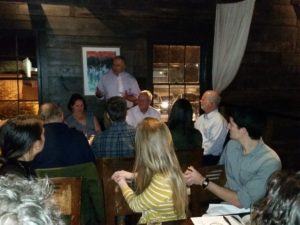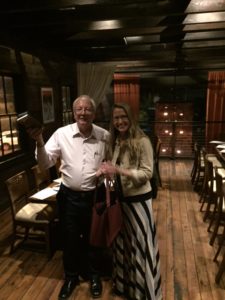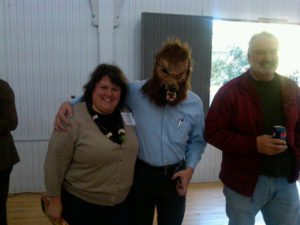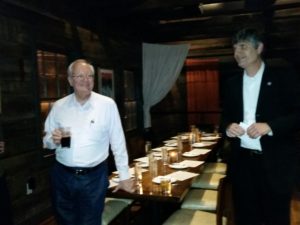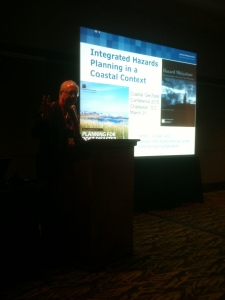GRATITUDE ON PARADE
#gratitudeonparade
[Partners of] the National Oceanic and Atmospheric Administration‘s Digital Coast program are hosting a meeting in Washington, D.C., today of the Digital Coast Partnership, an assortment of eight national nonprofit organizations willing to support geotechnical services to coastal communities across the U.S. The Digital Coast staff have been leading this effort for more than a decade, and the result is better decision making on coastal land use and resource management among the communities using Digital Coast tools and resources.
I attended these meetings and participated in Digital Coast projects until I left the American Planning Association, one of those partners, in 2017. But as of 2010, when APA joined the partnership, I found the entire enterprise a magnificent example of positive federal engagement with local governments and user communities in need of better data and easier ways to access data. And I made some fast friends because of the quality of the staff.
Leading that effort was one remarkable human being, Miki Schmidt, who has been with NOAA that entire time. Miki has a positive, can-do attitude, and helped me learn a great deal about what positive federal outreach could look like. We had numerous valuable conversations about how to move forward, and Miki repeatedly expressed his gratitude to APA for becoming part of the entire effort. But he deserves recognition for doing a top-notch job year after year, and empowering a staff that couldn’t be better. Near the end of my era, also, as depicted in the photo below, he organized a retirement “roast” at a restaurant during a NOAA Coastal GeoTools Conference. I could not have asked for a nicer tribute.
James Schwab CORRECTION: I did not realize that NOAA was caught up in the federal government shutdown and NOAA staff are not present at the meeting mentioned in the first sentence. it is a tribute to the success of the partnership, however, that the National Association of Counties, one of the partners, is hosting and the partners are proceeding with the meeting on their own. I just did not realize that was the case. Let us all hope that, one day, these shutdowns will be a thing of the past that is no longer an acceptable practice.
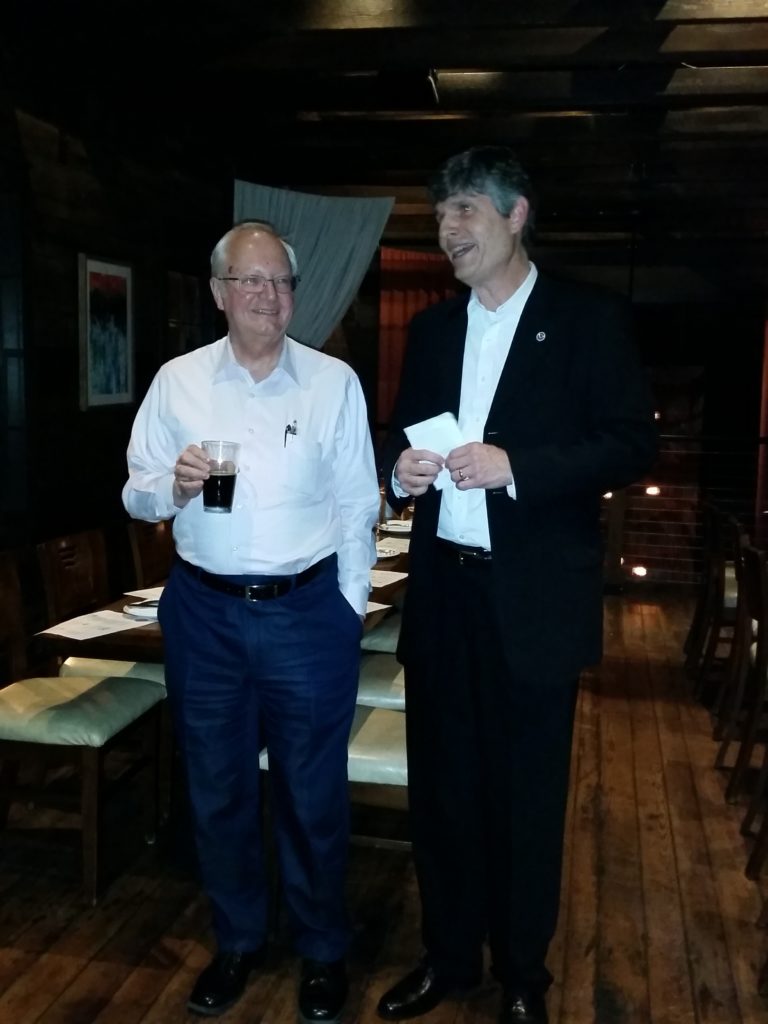
Posted on Facebook 1/15/2019
GRATITUDE ON PARADE
#gratitudeonparade
I am not done singing the praises of Digital Coast nor of expressing my gratitude to outstanding staff of that program. If I had an opportunity to nominate someone for Liaison of the Year, someone with an outstanding sense of customer relations, it would surely be Susan Fox, who actually works with the Baldwin Group on behalf of NOAA, and has served for several years as a Digital Coast liaison with the American Planning Association. I had the honor to work with her while managing APA’s Hazards Planning Center into 2017. She is enthusiastic, positive, very well-organized, and incredibly supportive. Just like Miki Schmidt, about whom I wrote yesterday, she is a pillar of the Digital Coast program. Thank you, Susan, for all you do.
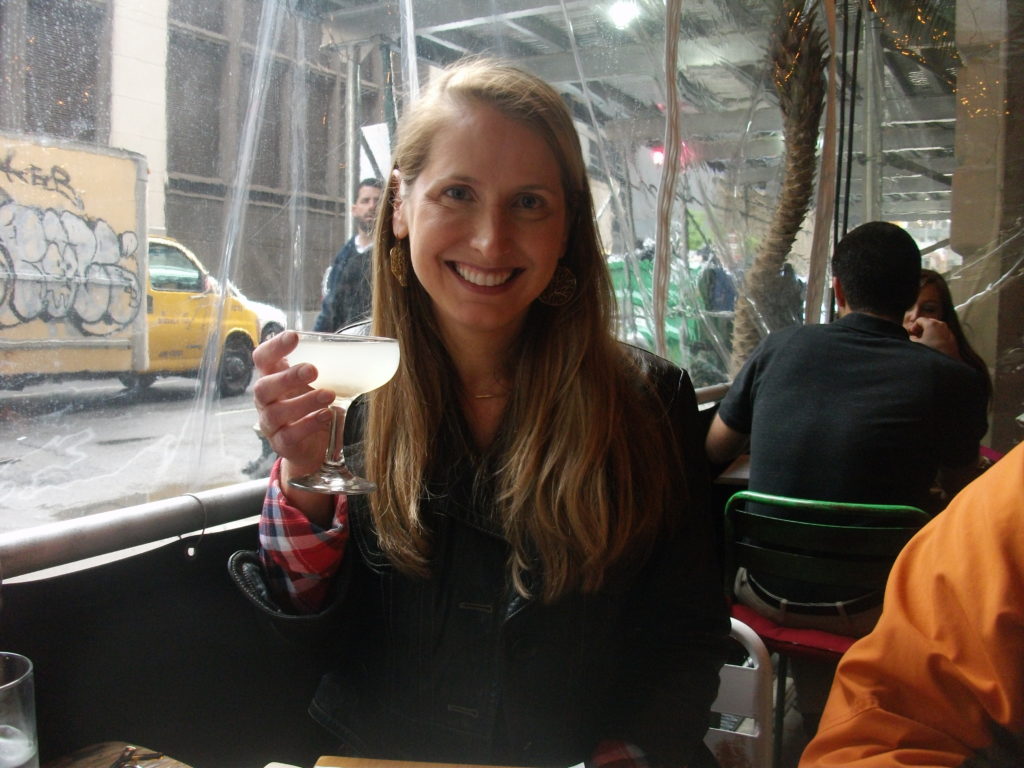
Posted on Facebook 1/16/2019
GRATITUDE ON PARADE
#gratitudeonparade
Continuing with my tributes to Digital Coast staff, I must now know mention the invaluable Josh Murphy, who works from NOAA’s headquarters in Silver Spring, Maryland. Josh was the creative soul who helped negotiate a HUD-funded, NOAA-sponsored project led by AECOM but involving Digital Coast partners (APA, NACo, ASFPM) to work with two pilot communities (Brevard County, FL, and San Luis Obispo County, CA) to help operationalize concepts for integrating resilience and hazard mitigation priorities into the local planning process. This is rather advanced stuff and requires some real skill to manage, but we all did it together, advancing the frontiers of planning. And we had Josh to thank for making it all possible. He is one of NOAA’s truly valuable assets.
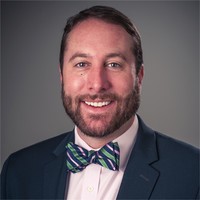
Posted on Facebook 1/17/2019
GRATITUDE ON PARADE
#gratitudeonparade
As I complete this round of gratitude to Digital Coast staff, I wish to make clear that there are many others at NOAA for whom we should all be grateful beyond those I have highlighted. But I do want to close by mentioning the remarkable Lori Cary-Kothera, whose consistent demonstrations of enthusiasm, high intelligence, and dedication have also helped the partners to succeed in their efforts both to support the Digital Coast program and to advance their own respective projects and services to coastal communities. Lori is one of those rare people you can count on for positive advice and support. She is also a welcome beacon of warmth and humanity.
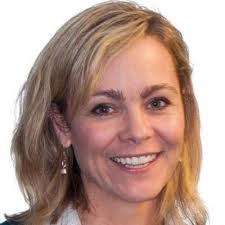
Posted on Facebook 1/18/2019
Jim Schwab

